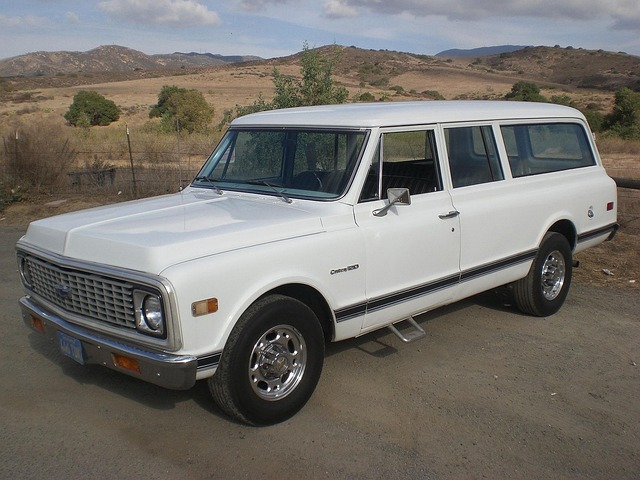Redefining Suburban Transportation: A Step Towards a Carbon Neutral Future
As we embark on a journey towards a sustainable future, the concept of suburban transportation is undergoing a profound transformation. Suburbs, once thought of as car-centric spaces, are now becoming arenas for innovation and green technologies that promise to reduce our ecological footprint. This shift is not merely about convenience; it’s about redefining our relationship with the environment and ensuring that every mile traveled contributes to a carbon-neutral future.
Sustainable Development in Suburban Areas
In the context of sustainable development, suburban areas present unique challenges and opportunities. Traditionally, these regions have been designed around automobile use, leading to increased greenhouse gas emissions and sprawling urban landscapes. However, by prioritizing sustainable transportation solutions, we can create a revitalized suburban ecosystem that promotes walking, cycling, and the use of electric vehicles.
Community initiatives have begun to emerge, advocating for integrated public transit systems that connect these neighborhoods to urban centers efficiently. By investing in high-quality transit infrastructure, local governments can not only reduce traffic congestion but also encourage residents to adopt more sustainable travel habits.
Reducing Our Ecological Footprint
The impact of our transportation choices extends beyond mere convenience; it significantly influences our ecological footprint. Embracing eco-friendly options like bike-sharing programs, electric buses, and carpooling initiatives can dramatically cut down on individual carbon emissions. Each decision we make, whether it’s opting for public transport or using electric vehicles, contributes to a healthier planet.
Moreover, implementing green technologies within our transportation systems can further enhance sustainability. For example, solar-powered charging stations for electric vehicles and energy-efficient public transport options can reduce reliance on fossil fuels and lower the overall carbon output. Each step towards these innovations represents a vital move towards creating a sustainable suburban environment.
The Role of Green Technologies
Advancements in technology are also playing a crucial role in the evolution of suburban transportation. Smart city technology can provide real-time data to optimize traffic flow, reduce wait times, and enhance user experiences. Apps that promote ride-sharing and carpooling not only help cut costs for commuters but also lower the number of vehicles on the road, drastically reducing emissions.
Furthermore, the adoption of renewable energy sources like wind and solar to power public transportation systems exemplifies how green technologies can reshape our suburban landscapes. Integrating these technologies showcases a proactive approach to addressing climate change while enhancing the quality of life for residents.
Striving for a Carbon Neutral Future
As we look towards a carbon-neutral future, the evolution of suburban transportation is paramount. By embracing sustainable development practices, reducing our ecological footprint, and leveraging green technologies, we can transform our suburban spaces into vibrant, eco-friendly communities. Every effort made in rethinking transportation not only benefits the environment but also enriches our daily lives.
Let us work together to redefine what suburban transportation can be—a sustainable, connected, and carbon-neutral solution that cherishes our environment and enhances our community experiences.




